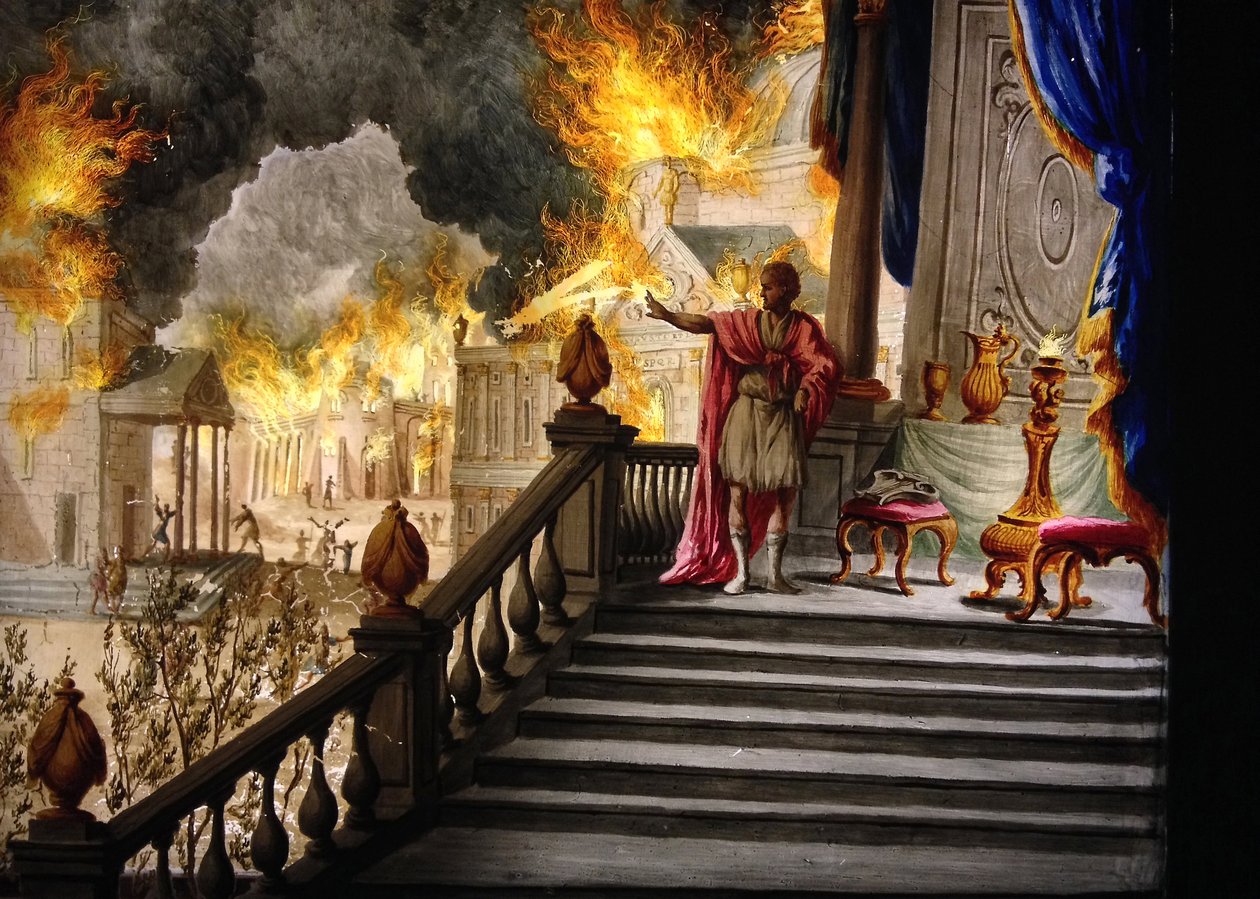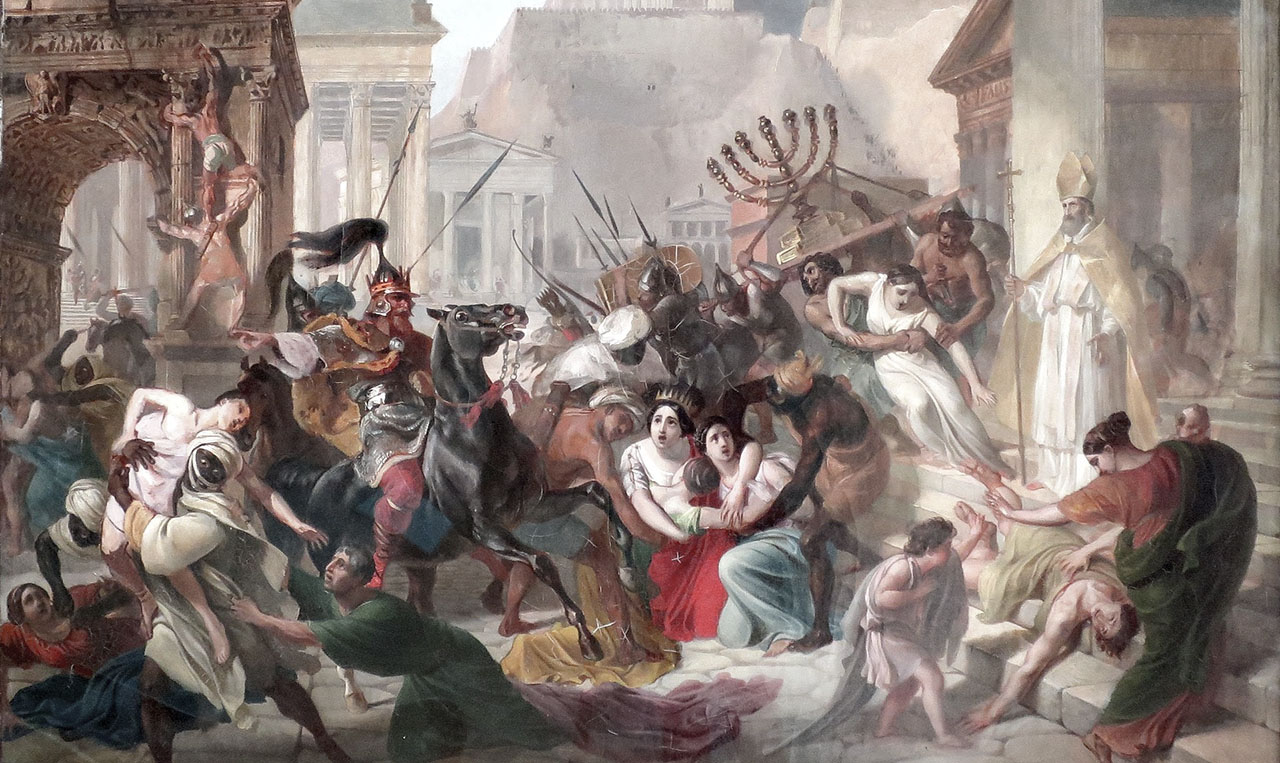In the world of Roman emperors, life was full of both monumental power and grave dangers. Augustus, the first emperor, spent his last days quietly before passing away as he had hoped. In stark contrast, Constantine XI, facing the fall of Constantinople, died in battle, his body never found. Between these two figures, more than 150 emperors held power, each navigating the perilous nature of leadership. From Augustus to Constantine, emperors faced unexpected threats. Leisure activities sometimes turned fatal, and political duties came with deadly risks. Almost half of the emperors were assassinated or executed, with some meeting their ends in unusual ways, such as being struck by lightning or falling victim to mysterious illnesses. Even those who died naturally were not necessarily granted a peaceful end.
Key Takeaways
- Many emperors died from assassinations, accidents, and political turmoil.
- Augustus and Constantine XI represent the peaceful and violent ends of the emperors.
- Roman emperors lived precarious lives filled with unexpected dangers.
The Final Days of Roman Emperors
Roman emperors often faced dramatic and diverse endings. Augustus, one of the first, experienced a peaceful death, spending his last days in a quiet villa surrounded by olive trees. Lying in stillness, he murmured final words and passed away gently, his wife by his side.
In stark contrast, Constantine XI, the last Roman emperor, met his end on the battlefield. As Ottoman forces breached the walls of Constantinople, he fought bravely but was killed in the chaos, and his body was never found.
Throughout the history of the Roman Empire, more than 150 emperors ruled, but only around half died of natural causes. Many faced untimely deaths during routine activities; for instance, Theodosius II died from a simple fall while riding. Basil I suffered a bizarre end, when a stag dragged him to death after he accidentally got caught in its antlers.
Imperial duties also posed significant risks. Valentinian I died from a stroke triggered by anger during a confrontation. Leisure became fatal when Jovian suffocated from smoke while napping in a tent.
Assassinations and executions were perilously common, claiming about 40% of generals. Caligula was famously killed by guards, and Caracalla was stabbed while relieving himself. Michael III, after a heavy drinking days, was brutally murdered.
Emperors were sometimes subjected to body-alterations such as blinding or mutilation. Justinian II, for instance, had his nose cut off, though he later regained power with a prosthetic and quest for revenge.
Deaths from poisoning and other mysterious circumstances were not uncommon. Claudius reportedly died from poisoned mushrooms, whereas Commodus had to be strangled after a slow-acting poison.
Even leisure activities turned deadly. Many emperors died in baths, with victims such as Constantine’s wife, Fausta, who was suffocated in a bathhouse, and Romanus III, drowned apparently by his wife’s orders.
Battles, too, were fatal for some emperors, like Gordian III, possibly killed in action. Julian fell to a Persian lance, and others suffered similar military deaths.
In some cases, suicides occurred in the wake of pressure and defeat. Nero ended his life lamenting his lost artistry, while Otho chose death over extended civil war.
While a few remarkable instances saw emperors living into old age, including John VI at 91, life for most was unpredictably short and fraught with danger. Despite an average reign of 11 years, many emperors came to power as adults, surviving childhood diseases that claimed many Roman lives. Life expectancy hovered around 51 years, primarily due to high assassination rates and the turbulent lives led by these historical rulers.
The Unpredictable Ends of Roman Rulers
Natural Demises and Accidental Deaths
Some Roman emperors passed away due to natural or accidental causes. Augustus, one of the most well-known emperors, seemingly experienced a calm death in a villa surrounded by olive groves. Sadly, not all emperors wished for a peaceful end like Augustus. Theodosius II died from a fall off his horse, and Basil I met his demise when his belt got caught in a stag’s antlers, dragging him to his death. Even performing their official duties presented dangers; for instance, Valentinian I died of a cerebral hemorrhage after a fit of rage. These incidents highlight that the life of an emperor was fraught with risk, even when not threatened directly by human hands.
Political Murders and Enforced Deaths
Nearly 40 percent of Roman emperors were assassinated or executed, with political motives often driving these violent acts. Caligula was ambushed by a group of guards, while Karakalla was killed during a roadside stop. Michael III, known for his excessive drinking, had both hands chopped off before being killed. The fate of emperors often involved brutal ends, sometimes inflicted by angry Roman citizens, such as when a fleeing emperor faced the wrath of the mob. Instances of violence extended to the palace, where conspiracies often ended in brutal bloodshed.
Perils of Official Responsibilities and Private Activities
The hazardous nature of emperor duties often collided with personal excursions, resulting in untimely deaths. Jovian fell victim to fatal fumes in his tent while attempting to rest. Some rulers, like Antoninus Pius and Justinian, battled terminal illnesses acquired due to their lifestyle and dietary choices. Justinian narrowly survived the bubonic plague, an event that led to massive mortality rates. Emperors burdened with their imperial roles sometimes faced dangers from such seemingly benign activities as resting, revealing how hazardous maintaining the throne could be.

The Dangerous Life of a Roman Emperor
Methods and Reasons for Assassination
Being a Roman emperor was a risky job. Roughly 40% of them met their end through assassination or execution. These deaths were often politically driven. For example, Emperor Caligula was ambushed by guards, and Caracalla was murdered while using a roadside restroom. Unfaithful affairs also had lethal outcomes; an emperor was killed by the husband of a woman he had seduced.
Sickness and Unintended Fatalities
Illnesses and accidents were common hazards. Some emperors perished from sudden illnesses, like Claudius Gothicus who was hit by a strange plague. Leisure activities also led to untimely deaths, such as Theodosius II’s fatal fall from a horse. Even imperial duties were risky, resulting in deaths like Valentinian I’s after a fit of anger.
Emperor Commodus’ Slow Passing
Not all attempted poisonings were swift or effective. Emperor Commodus, for example, endured a slow demise due to poisoned wine. When this didn’t work quickly enough, he was strangled to hasten his death.
Dramatic Ends and Political Elimination
Many emperors met violent conclusions tied to political change. Constantine XI, for instance, perished fighting as his capital was overrun. Former emperors were often punished harshly; some were blinded or mutilated. Destinations like bathhouses also became perilous, with certain emperors being assassinated or drowned therein.
The Dangers of Physical and Political Power
The life of a Roman emperor was fraught with risks, both from within and outside the empire. While over half of the emperors died naturally, many faced perilous ends due to their political power. Assassination and execution accounted for around 40 percent of their deaths. Some met their end from betrayals, while others faced retribution for their actions or decisions.
Leisure activities could be unexpectedly lethal. Emperor Theodosius II fell from his horse during a peaceful ride, and Basil I was dragged to his death by a revived stag. Political duties also posed threats. Valentinian I succumbed to a cerebral hemorrhage induced by rage over diplomatic disagreements, while Jovian died from smoke inhalation inside his tent.
Disease and poison were common threats. Antoninus Pius likely suffered food poisoning from alpine cheese, and Claudius Gothicus fell prey to a mysterious pestilence. Poisoning, a frequent method of attempted murder, was not always successful. For instance, Commodus endured a slow death by poison, requiring strangulation to finish the act.
The Byzantine era introduced disfigurement as a political punishment, like when Justianian II returned to rule with a severed nose replaced with a golden prosthetic. Some emperors, like Nero, chose to end their lives rather than face dire consequences.
Political upheaval often resulted in violence. Emperors were sometimes dethroned in horrifying ways, such as being stoned, drowned, or suffocated. The scope of violent ends reflects the intense physical and political perils that Roman emperors faced throughout their reigns.

Statistical Review of Imperial Lifespans
Comparing Life Expectancy
Roman emperors had an average life expectancy of about 51 years. This figure is roughly what would be expected for any group of Roman men who survived past adolescence. Although a surprising number of emperors reached ripe old ages, more than half died from natural causes. However, the risk of assassination and other violent deaths significantly increased for emperors, with about 40% meeting such fates.
Ages at the Start of Rule and Length of Reign
Emperors generally came to power around the age of 40, having already survived many of the childhood diseases that killed nearly half of all Romans before reaching adolescence. On average, emperors reigned for just under 11 years. This duration excludes those who retired, highlighting the perilous nature of ruling. Despite the high assassination rates, their life expectancy was not drastically different from their fellow Roman citizens, who also faced various risks impacting their longevity.
Closing Thoughts
The era of Roman emperors was marked by a mix of peaceful passings and violent ends. Augustus, the first emperor, spent his final days in a calm villa surrounded by olive trees, passing away quietly. In sharp contrast, Constantine XI faced a chaotic demise in battle when his city was overrun, never to be identified again.
Throughout the centuries, natural deaths were not as common as one might expect. Many emperors fell prey to accidents or were assassinated. Theodosius II, for example, suffered a fatal accident while riding a horse. Meanwhile, 40% of emperors were assassinated or executed due to political unrest or personal vendettas.
Political treachery and personal conflicts led to several violent deaths. Caligula and Caracalla fell victim to conspirators, while others were creatively punished by blinding or mutilation, sometimes leading to death. Some emperors, like Nero and Otho, chose suicide over capture or disgrace, though not all such deaths were straightforward.
Life as an emperor was fraught with danger, whether on the battlefield or from betrayal within one’s close circle. Despite the hazards, a few emperors lived long lives. While many succumbed prematurely, some did reach a venerable age, defying the odds of their tumultuous times.
